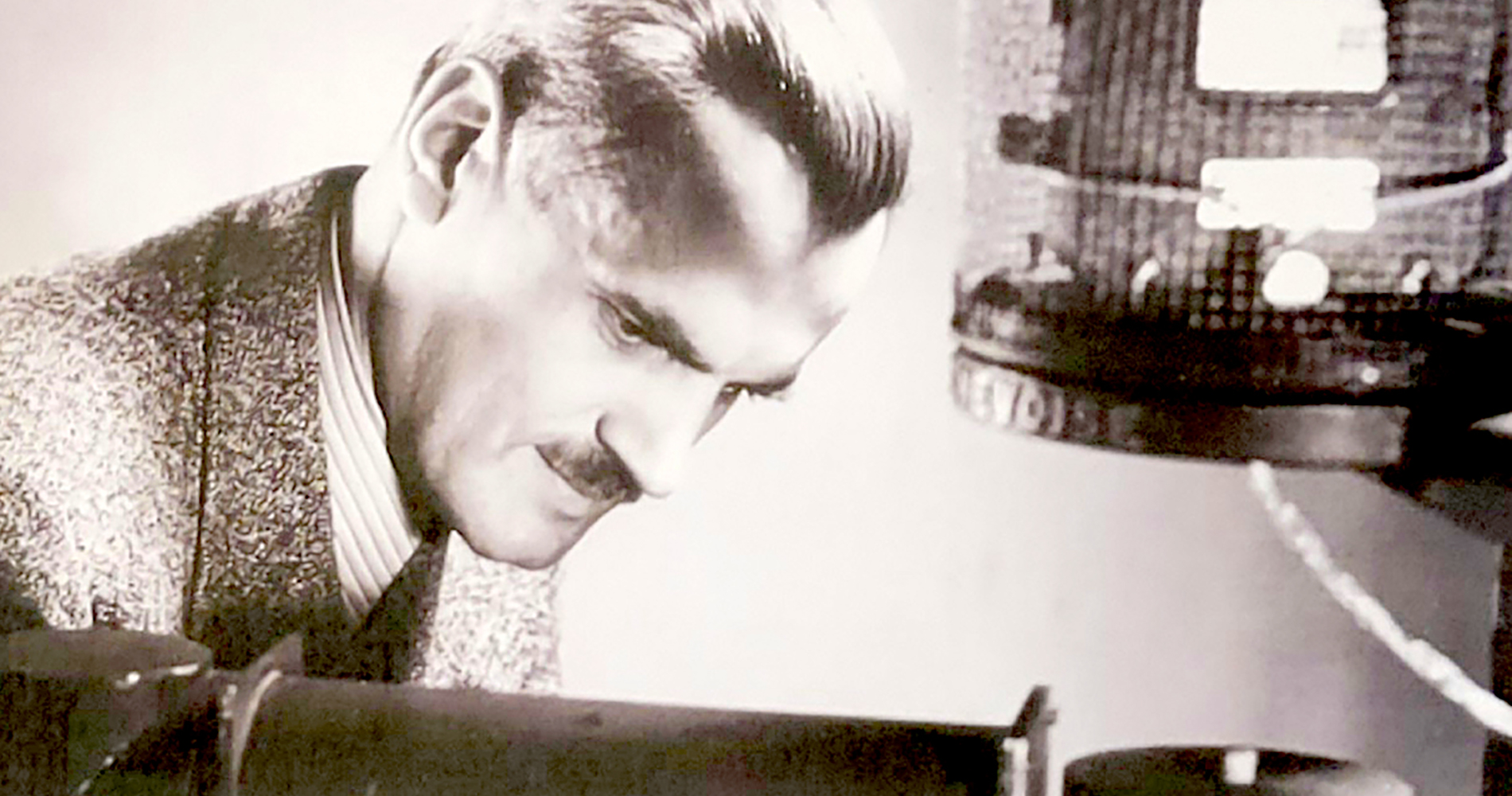
100 Years of the Compton Effect
Arthur Holly Compton (September 10, 1892 – March 15, 1962) was an American physicist who conducted groundbreaking research in Eads Hall here at Washington University in the 1920s.
As head of the Department of Physics in 1922, Compton conducted x-ray scattering experiments demonstrating electromagnetic radiation’s particle nature. The idea that light had both wave and particle properties was not readily accepted at the time.
Compton, through his research, explained that each ray behaved as a particle, conserving energy and momentum in collisions with electrons. This research provided the first proof that x-rays – formerly thought to be waves – could also behave as particles, confirming a long-standing, but largely ignored prediction by Albert Einstein. As demonstrated by Compton, this proof that light cannot be explained purely as a wave phenomenon is known as the Compton Effect.
Compton’s discovery stimulated the development of quantum mechanics and earned him the Nobel Prize in 1927 for his research. Compton is known for leadership over the Metallurgical Laboratory at the University of Chicago during the Manhattan Project. He served as chancellor of Washington University in St. Louis from 1945 to 1953.
This exhibition celebrates Compton and the 100th anniversary of the Compton Effect.
Physics and Math Librarian Alison Verbeck organized this exhibition in collaboration with members of the Physics faculty and University Archivist Sonya Rooney in honor of the 100th anniversary of the Compton Effect.
Header Image: Compton with the experimental apparatus with which he demonstrated the particle nature of X-rays, the “Compton effect,” for which he won the Nobel Prize. Courtesy of the Department of Physics